

CarExpert.com.au
The CarExpert team's favourite cars of 2025
2 Hours Ago
Since November 1, 2021, new cameras in Queensland have logged 100,375 infringement notices for mobile phone and seatbelt offences.

News Editor
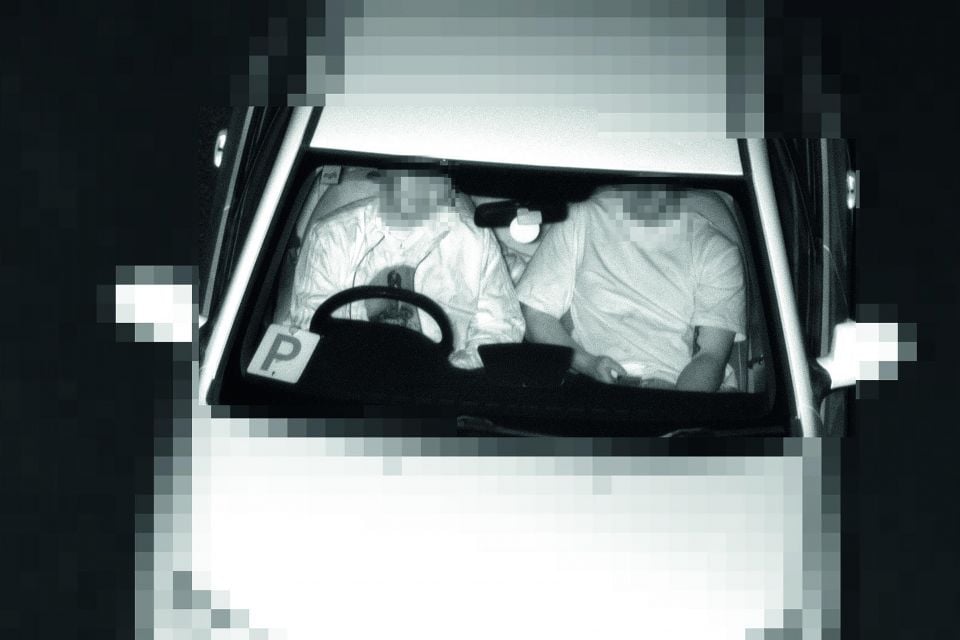

News Editor
New cameras in Queensland have recorded over 100,000 infringements for the use of mobile phones and the lack of use of seatbelts over the past six months.
Between November 1, 2021 and May 25, 2022, a total of 100,375 infringement notices were issued based on images taken by these cameras.
While the majority of these (71,596) were for mobile phone use, 13,651 infringement notices were issued for drivers not wearing seatbelts and 15,128 were for passengers not wearing seatbelts.
“We gave people a lot of warning that these were coming. If you’re doing the wrong thing, driving distracted or not got your seatbelt on, you’re going to be in a lot of trouble,” said Queensland’s Minister for Transport and Main Roads, Mark Bailey.
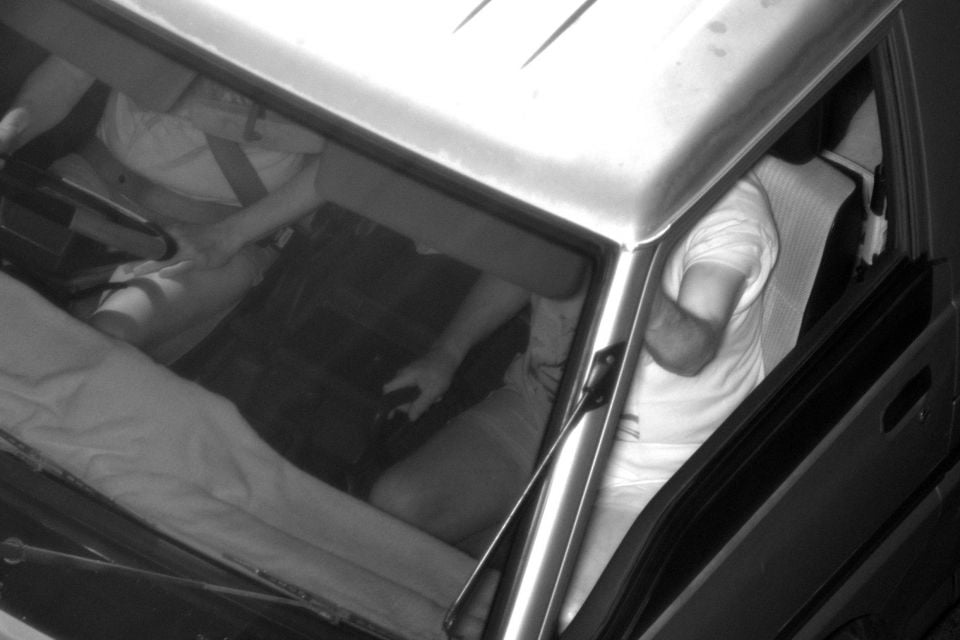
Mr Bailey said the issuing of over 71,500 infringement notices for mobile phone use was like having 71,500 drunk drivers on the road with blood alcohol levels of 0.07 to 0.10.
He also called the number of seatbelt offences “shocking”.
“To think seatbelts have been mandatory for 50 years, and almost 29,000 people have been caught doing the wrong thing in just six months is outrageous,” he said.
“This has got to stop. [We’ve] gotta get the message across to people, you will definitely get caught by these cameras.
“They are anywhere, anytime, they move around, some of them are on overpasses, some of them are mobile, we move them regularly.
“If you’re one of these people that’s driving distracted, you will get caught. There’s no doubt about it whatsoever. And it’s gonna hurt.”
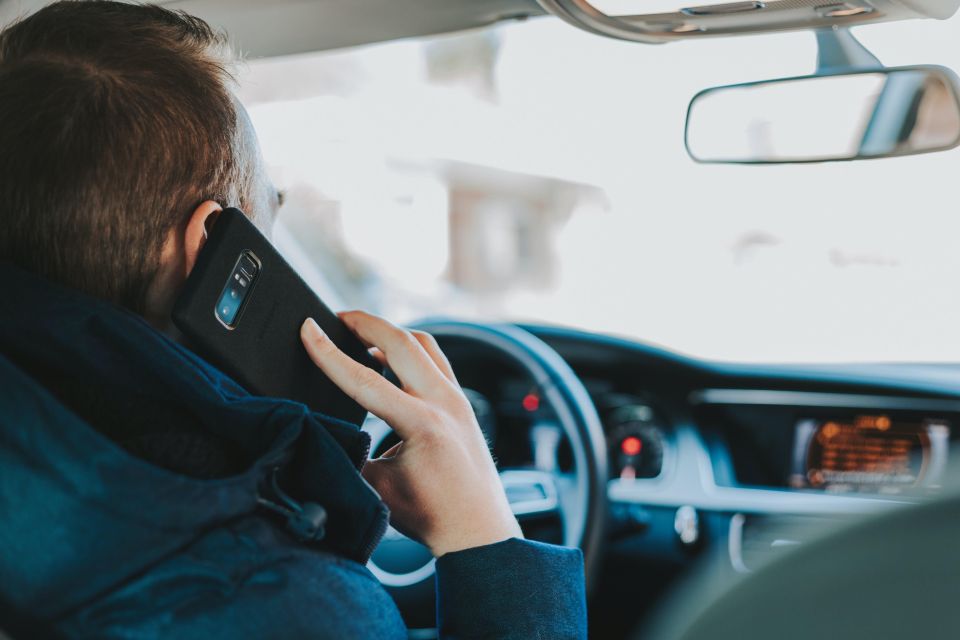
The Queensland Government doesn’t publicise how many of the new cameras there are or where they’re located, unlike its network of fixed and mobile speed cameras.
Mr Bailey says they’re located throughout regional and southeast Queensland, and their numbers are growing.
The cameras use AI technology to scan images for mobile phones or missing or improperly worn seatbelts – yes, you can be fined if your seatbelt is buckled in but the belt is, for example, sitting under your arm.
If the AI technology detects an offence, the image is flagged and a member of a Department of Transport and Main Roads (TMR) team views the image to ensure an offence was committed.
If there’s any doubt, an infringement notice isn’t issued. But if a notice is issued and the driver feels they were incorrectly fined, they can view a high-res image through the TMR portal.
The State Government announced earlier this year the fine for a seatbelt offence is increasing from July 1 to $1078 and four demerit points – up from $413 and three points.
That essentially aligns it with the $1033 penalty for using a mobile phone while driving in Queensland, which also includes four demerit points.
You’ll still get three demerit points for running a red, but the fine has been increased from $413 to $575.
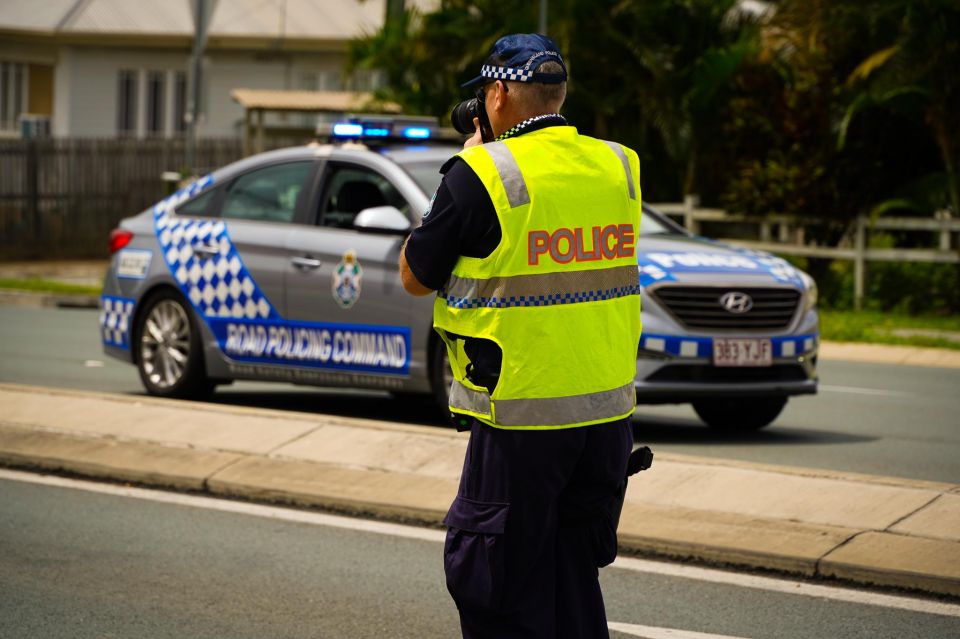
The Government is also increasing penalties for speeding.
There’ll be a $287 fine for exceeding the speed limit by between 1-10km/h, though it’ll still be a single demerit point. It’s currently $183 and the bracket is up to 12km/h.
Likewise, exceeding the limit by 11-20km/h (instead of 13-20km/h) will get you a fine of $431 and three demerit points, up from $275 and three demerit points.
The other brackets are unchanged, as are the corresponding demerit point amounts, but the penalties are up as follows:
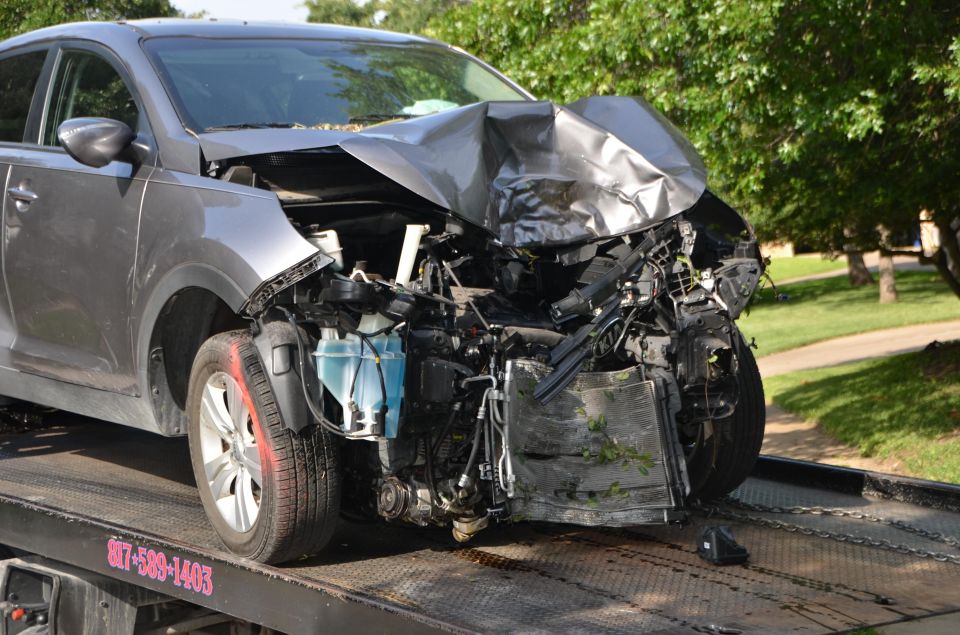
The road death toll for Queensland is currently sitting at 133 people in 2022.
The changes in penalties are part of the recently released Queensland Road Safety Strategy 2022-31 with a vision to having zero road deaths and serious injuries by 2050.
Before then, it wants to reduce fatalities by 50 per cent by 2031 and serious injuries on the road by 30 per cent by 2031.
The Queensland Government says “every cent” collected from the fines is re-invested into road safety.
It’s spent $1.7 billion this year in road safety upgrades, improved driver education, and other initiatives to make school zones safer and develop policies to reduce road crashes and trauma.

As detailed in its strategy, it plans to trial Rural Intersection Activated Warning Signs, deploy “smarter solutions” for monitoring driver fatigue, further develop camera technology to pick up risky behaviours, and review existing speed limits.
The Government also wants to explore mandatory telematics technology for heavy vehicles and look at reducing the age of the Queensland fleet, including a potential pilot of “targeted safe vehicle access programs” for young, older and low-income people.
The current average vehicle age in Queensland is 10.4 years.
The first phase of the strategy also includes “using open data sources to target specific cohorts of road users”, better known as “dob in a hoon”.
William Stopford is an automotive journalist with a passion for mainstream cars, automotive history and overseas auto markets.


CarExpert.com.au
2 Hours Ago


Damion Smy
16 Hours Ago


Damion Smy
19 Hours Ago


Damion Smy
23 Hours Ago


Damion Smy
1 Day Ago


Damion Smy
1 Day Ago